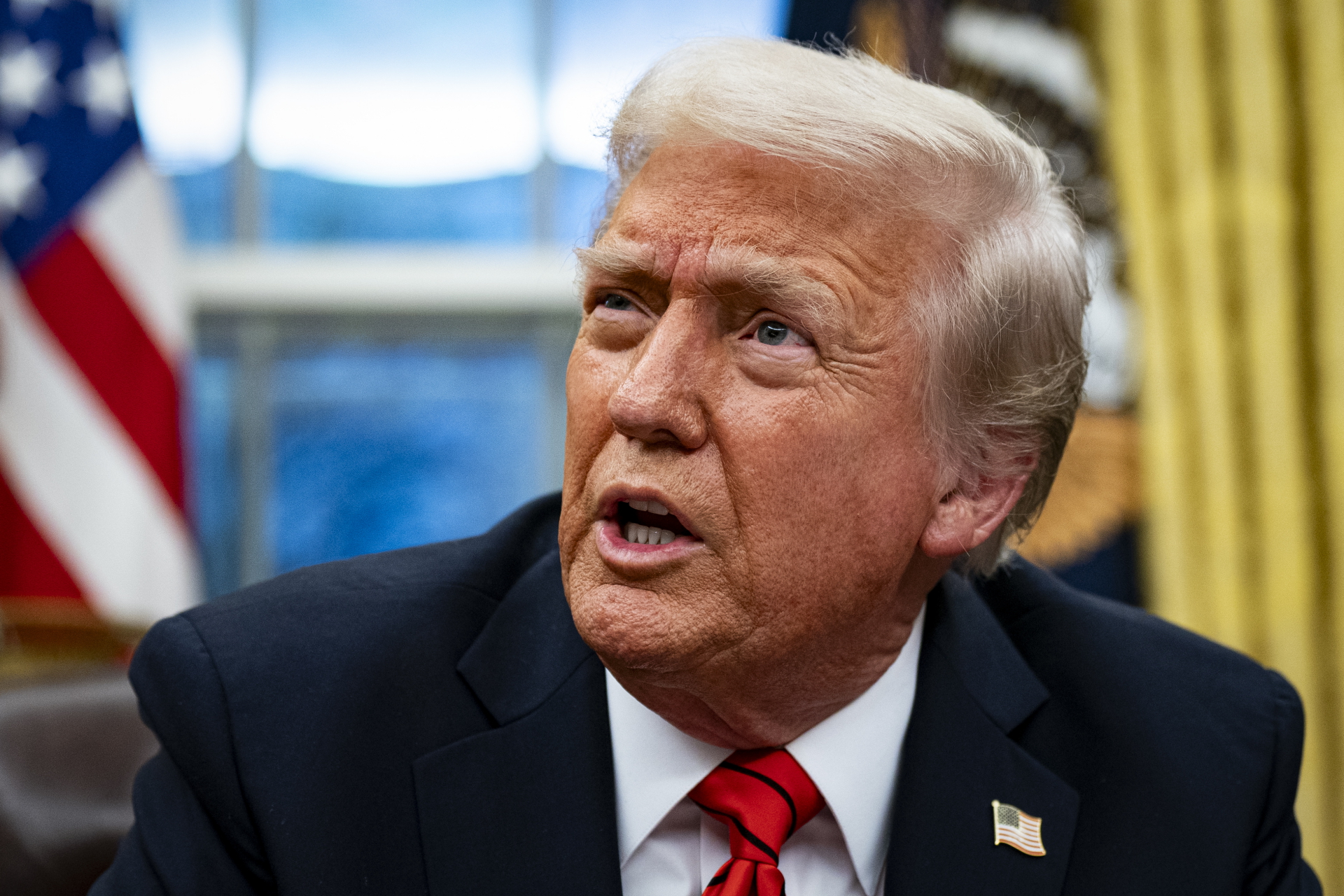Trump’s Economic Report Reshapes 2026 Election Narrative
Trump’s Economic Report Reshapes 2026 Election Narrative
In a game-changing economic update, former President Donald Trump has released a report from the U.S. Bureau of Economic Analysis, highlighting economic improvements that could significantly influence the 2026 elections. The latest Personal Consumption Expenditure (PCE) Index, a primary measure of inflation, showed only a 0.3% increase last month, fueling optimism that inflation is cooling faster than expected. This development has emboldened Trump’s supporters, while critics caution that deeper economic challenges remain unaddressed.
A Deep Dive into the PCE Index
The PCE Index, a key indicator tracking consumer spending trends, revealed a modest 0.3% increase last month. Compared to the previous year, inflation stood at 2.5%, or 2.6% when excluding volatile food and energy sectors. Analysts agree that these figures represent a noticeable improvement over the rapid inflation seen during the Biden administration, providing a potential boost to Trump’s economic credibility.
Economic expert and former Obama advisor Jason Furman weighed in on the figures on X (formerly Twitter). “These data confirm inflation is slowing, but we shouldn’t celebrate too soon,” Furman noted. “Core inflation remains above expectations, which means economic uncertainties persist.” Despite this caution, many see the figures as an encouraging sign that inflation is moving in the right direction.
Conflicting Signals: Income and Spending Trends
The report also revealed a 0.9% increase in personal income for January, an encouraging development for American workers. However, the data also showed a decline in consumer spending, coupled with a rise in personal savings, which has sparked concern among financial analysts.
Chris Zaccarelli, Chief Investment Officer at Northlight Asset Management, described the findings as both reassuring and worrisome. “While inflation cooling is a positive sign, declining consumer spending could indicate growing financial caution among households, which may slow economic momentum,” Zaccarelli said.
This mixed economic picture has led to uncertainty among investors and policymakers. Some remain optimistic about GDP growth, while others worry that a decline in consumer activity could signal future economic instability.
Trump’s Economic Agenda and Political Fallout
Trump has consistently framed himself as the leader who can control inflation and stabilize the economy. His administration argues that Biden-era policies—particularly high levels of government spending—exacerbated inflation and economic uncertainty. Now, with inflation appearing to moderate under Trump’s policies, his allies are championing these figures as evidence of Republican economic success.
However, skepticism remains. While the PCE Index suggests inflation is cooling, concerns persist about stagnant wage growth and potential economic disruptions tied to Trump’s proposed tariffs and workforce reductions. Some Republican lawmakers and business leaders worry that mass federal layoffs and aggressive trade policies could undercut economic progress.
Senator Thom Tillis (R-N.C.), facing a tough reelection bid, expressed concerns about Trump’s economic strategy. “If tariffs and job cuts aren’t carefully managed, we risk creating new challenges for businesses and workers,” he warned.
The Economic Debate and 2026 Election Implications
With economic stability set to be a key issue in the 2026 elections, Trump’s economic report will play a central role in shaping voter sentiment. Republicans are using the data to contrast Trump’s policies with those of the Biden administration, while Democrats argue that economic risks still loom large.
As the election season progresses, the debate over economic recovery and inflation control will intensify. Whether Trump’s policies translate into lasting economic stability remains uncertain, but one fact is clear—his economic record will be a decisive factor in the 2026 election battle.
